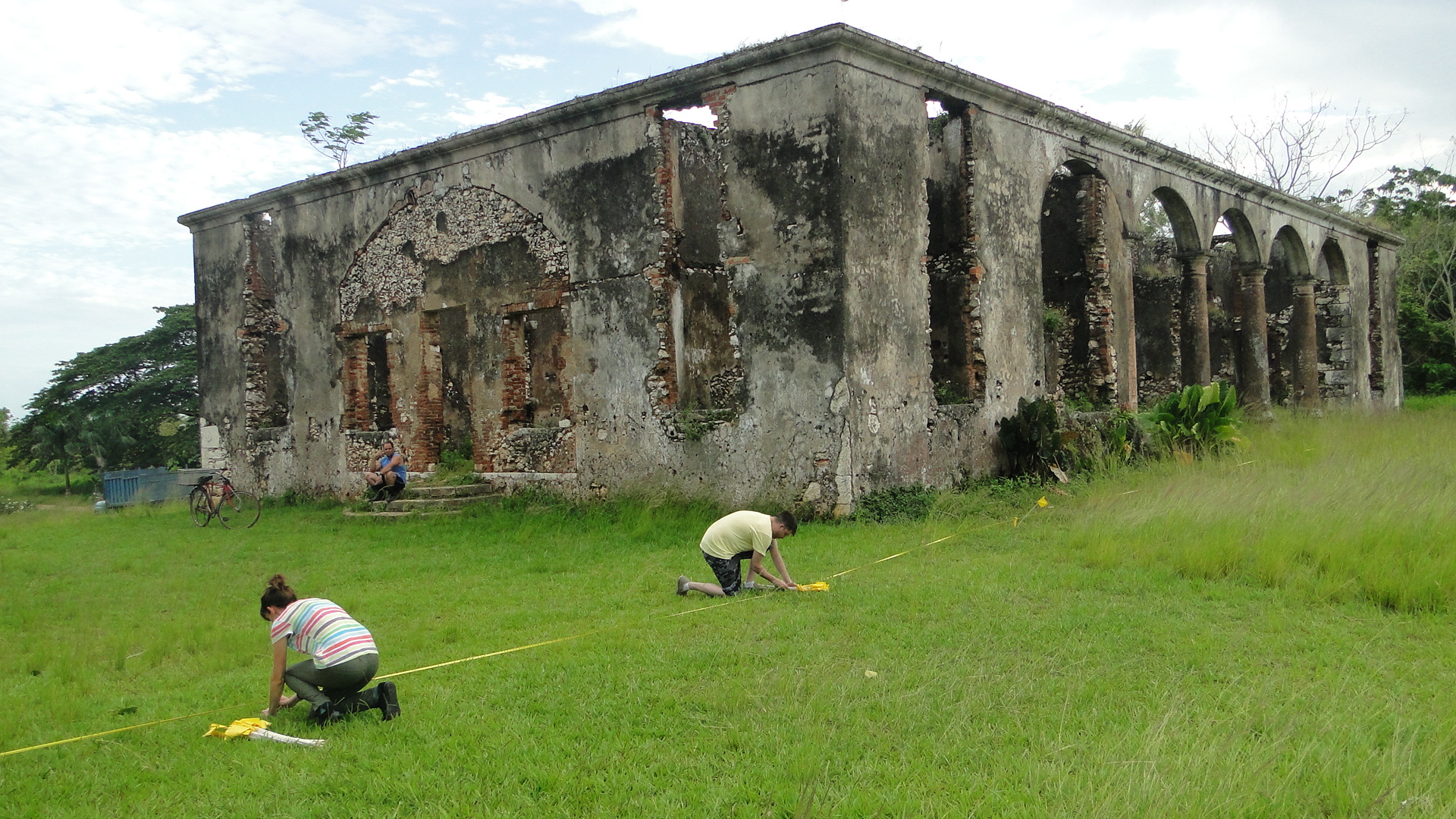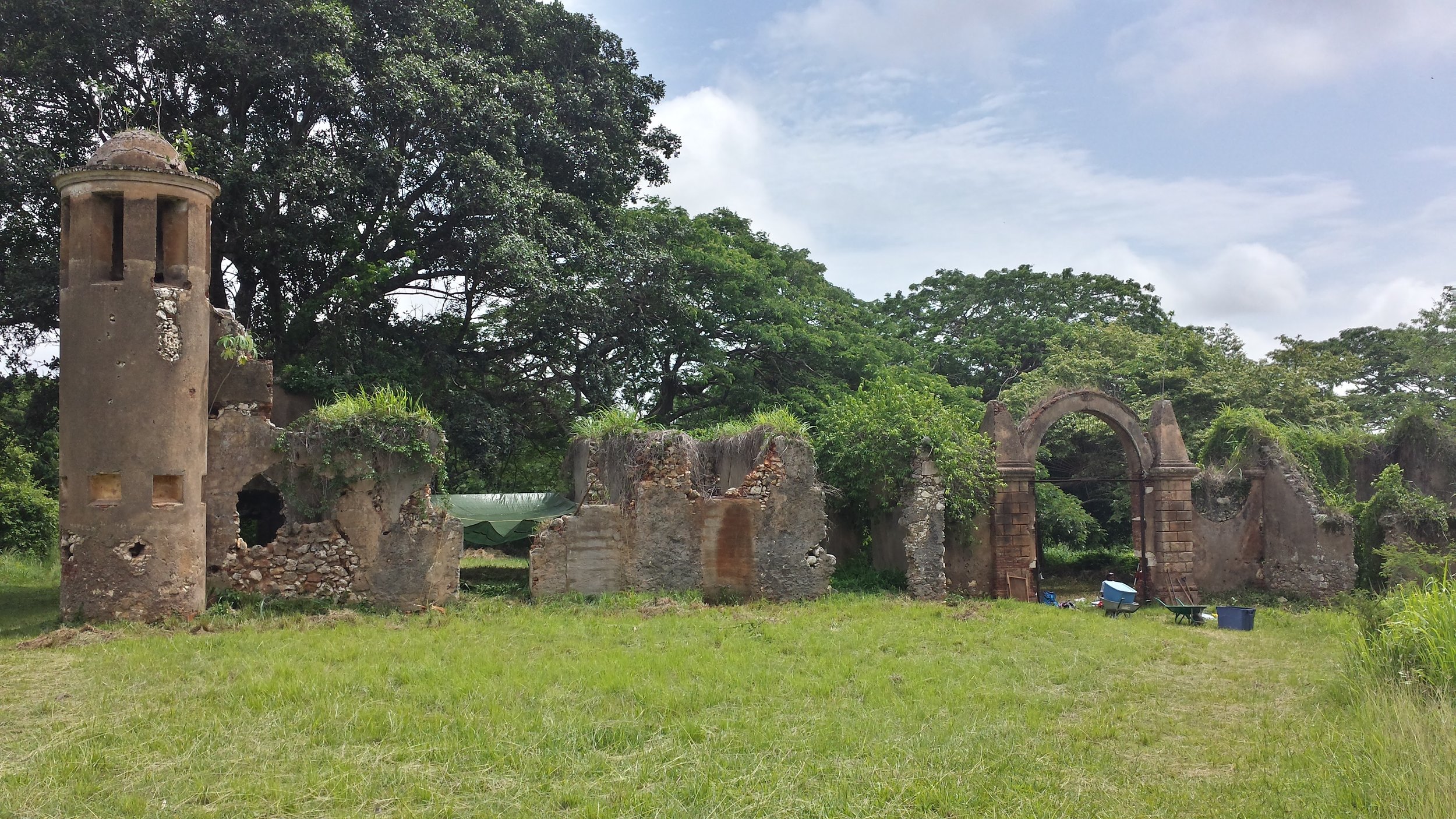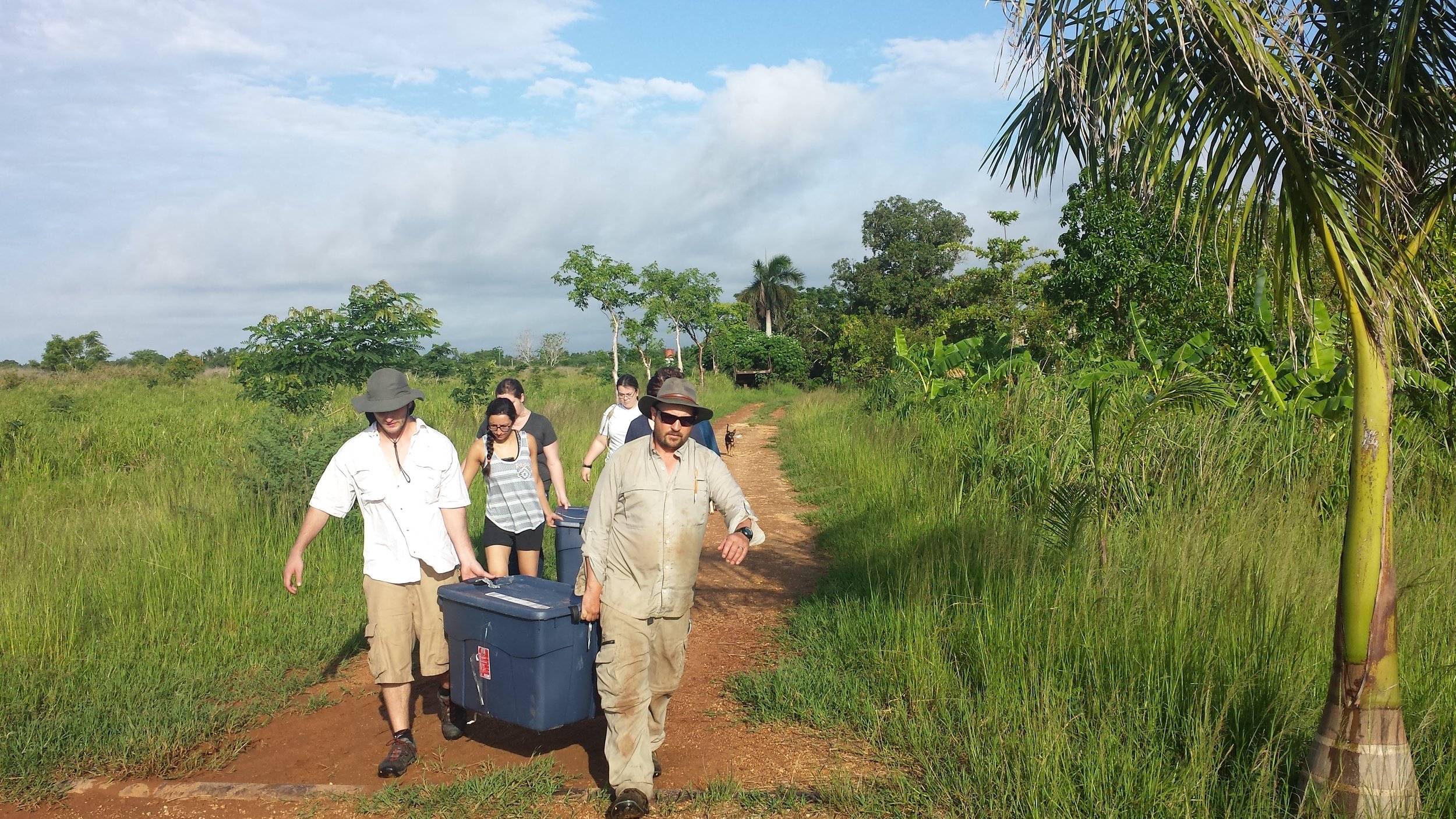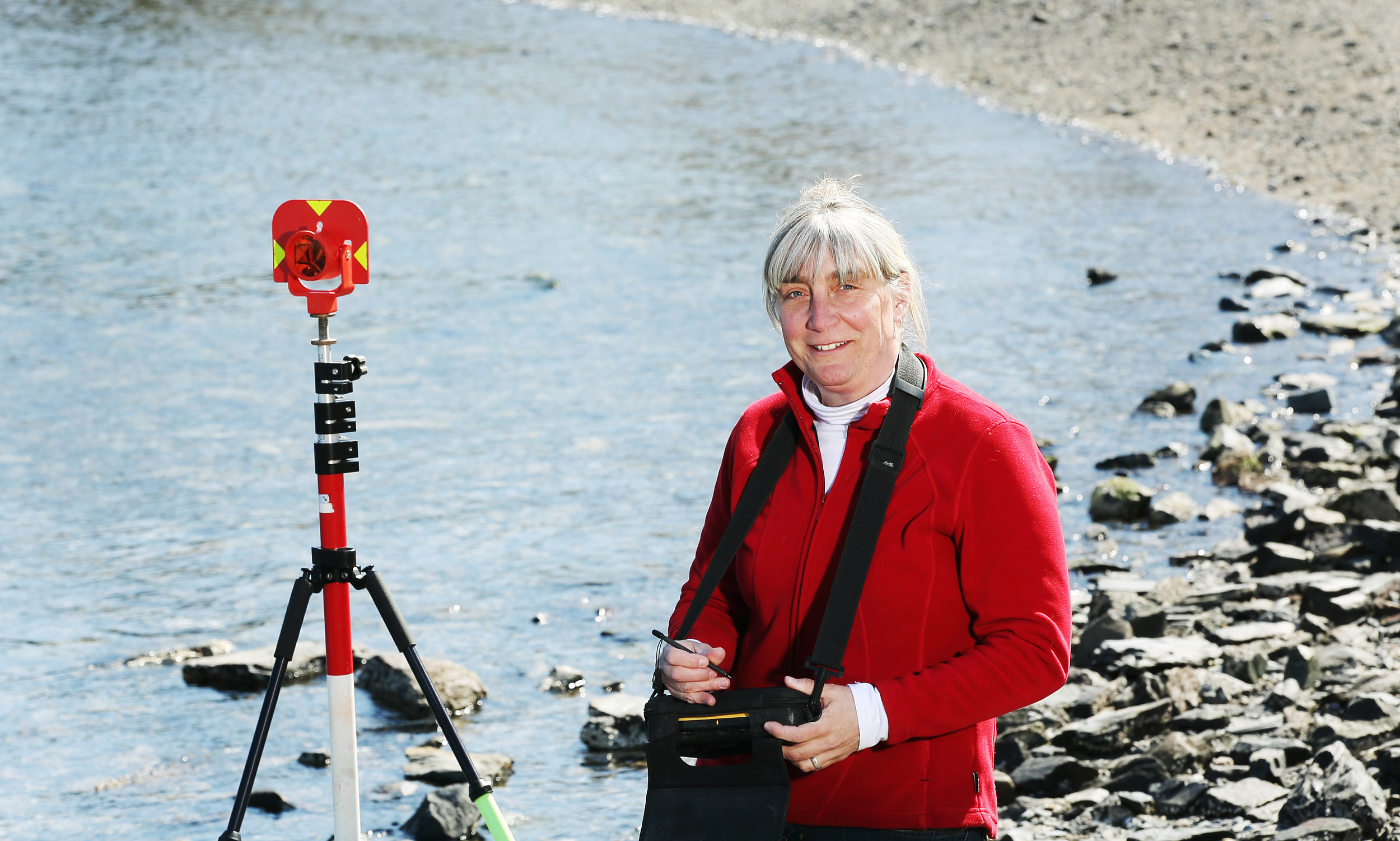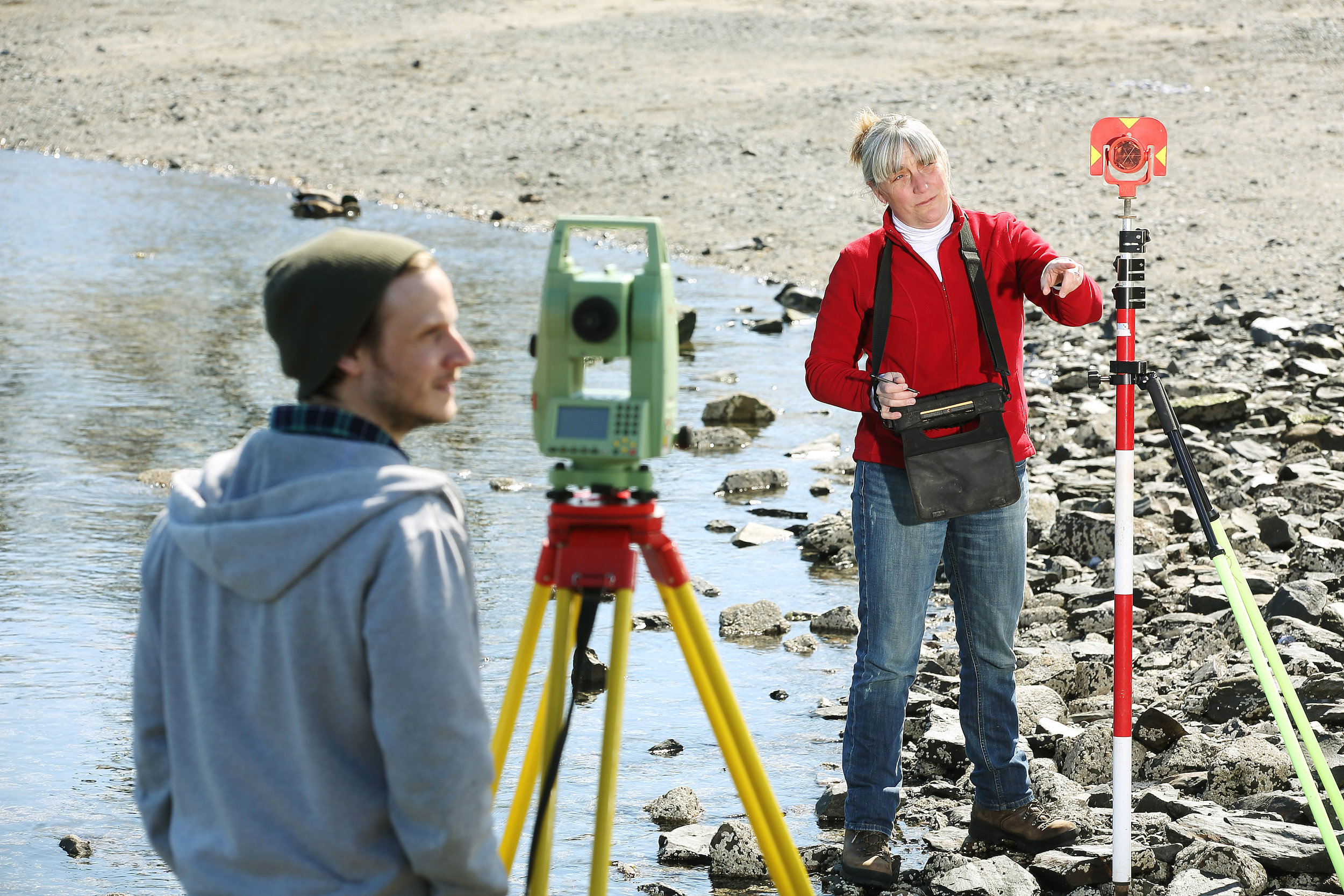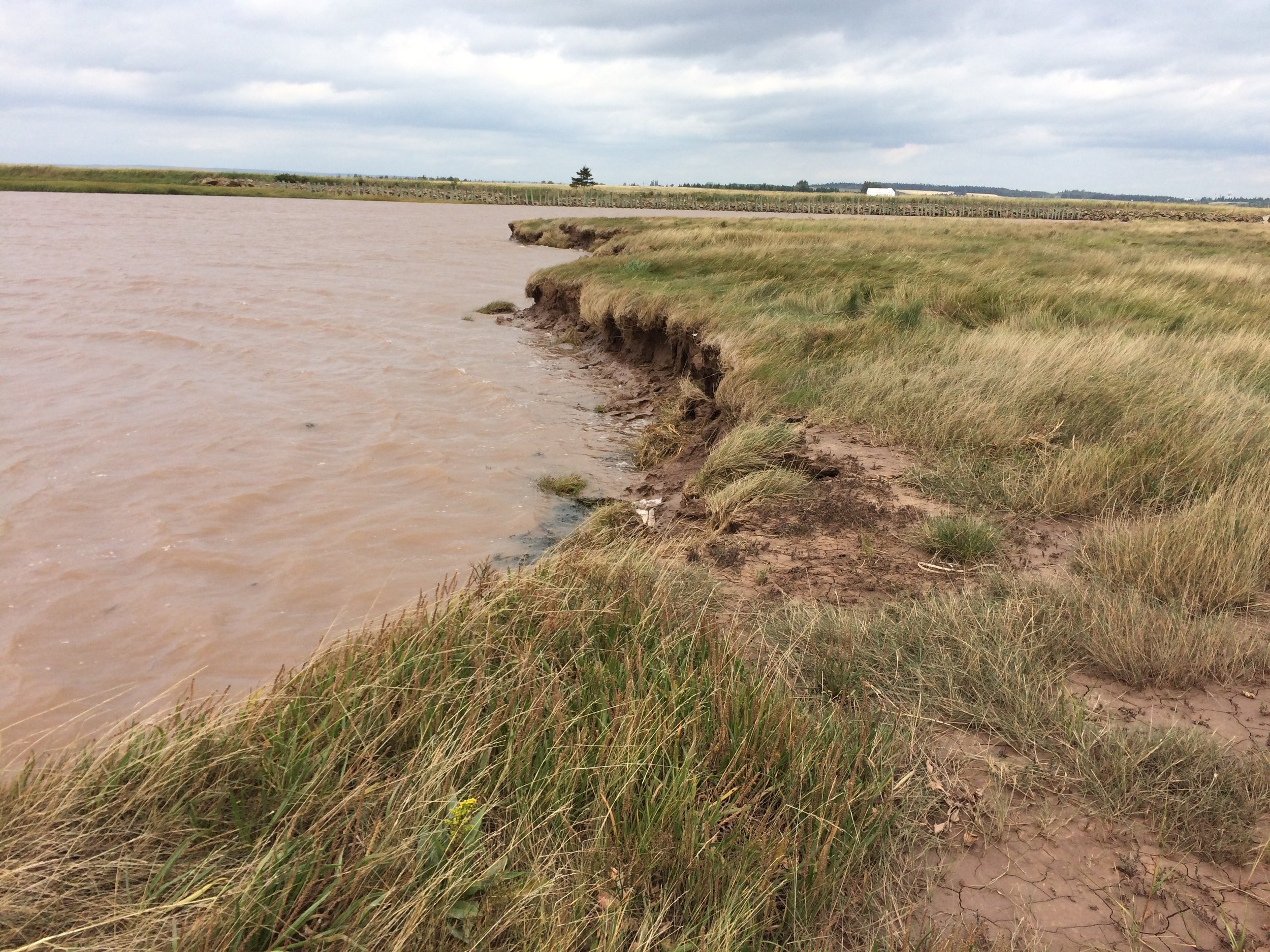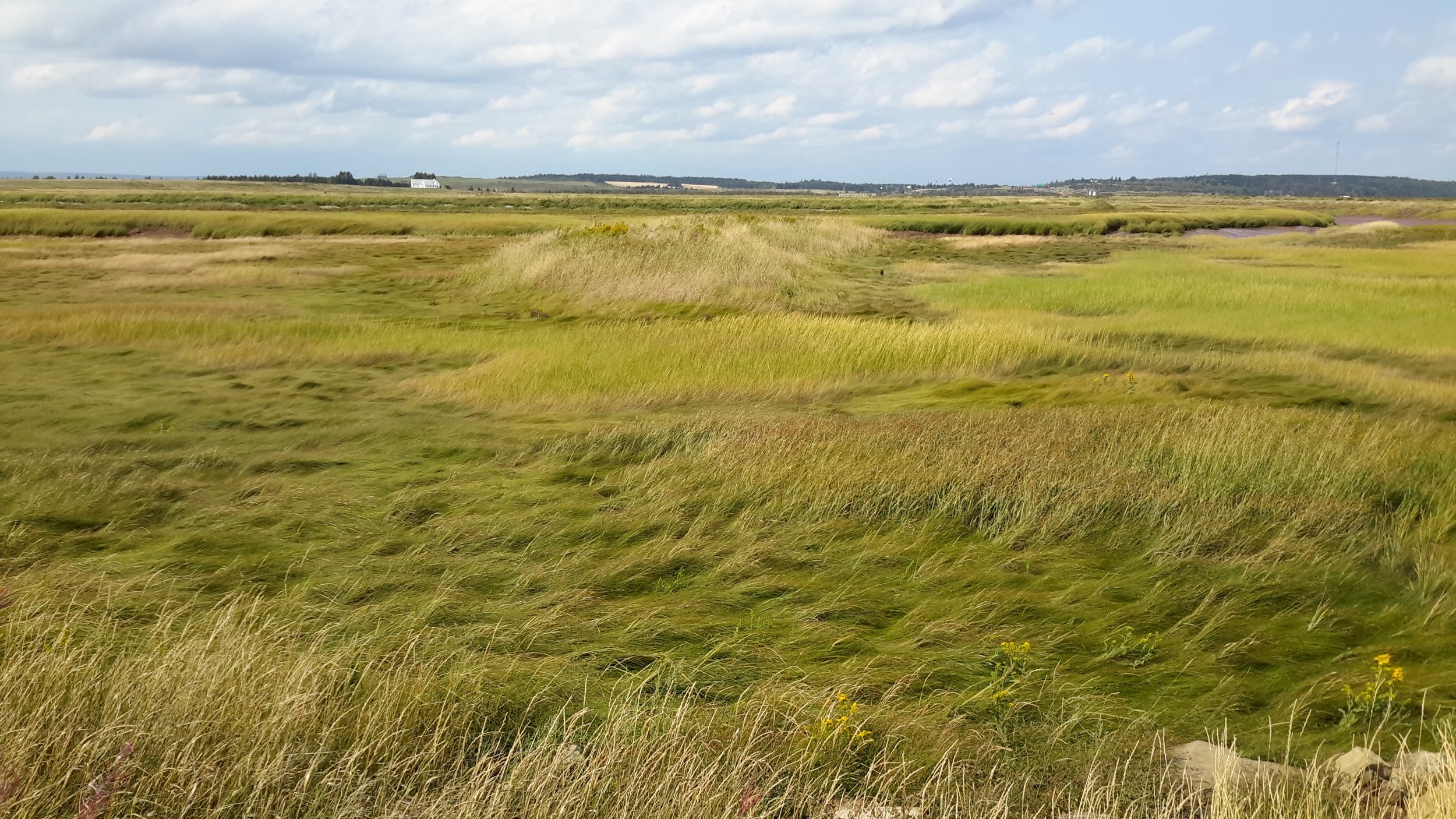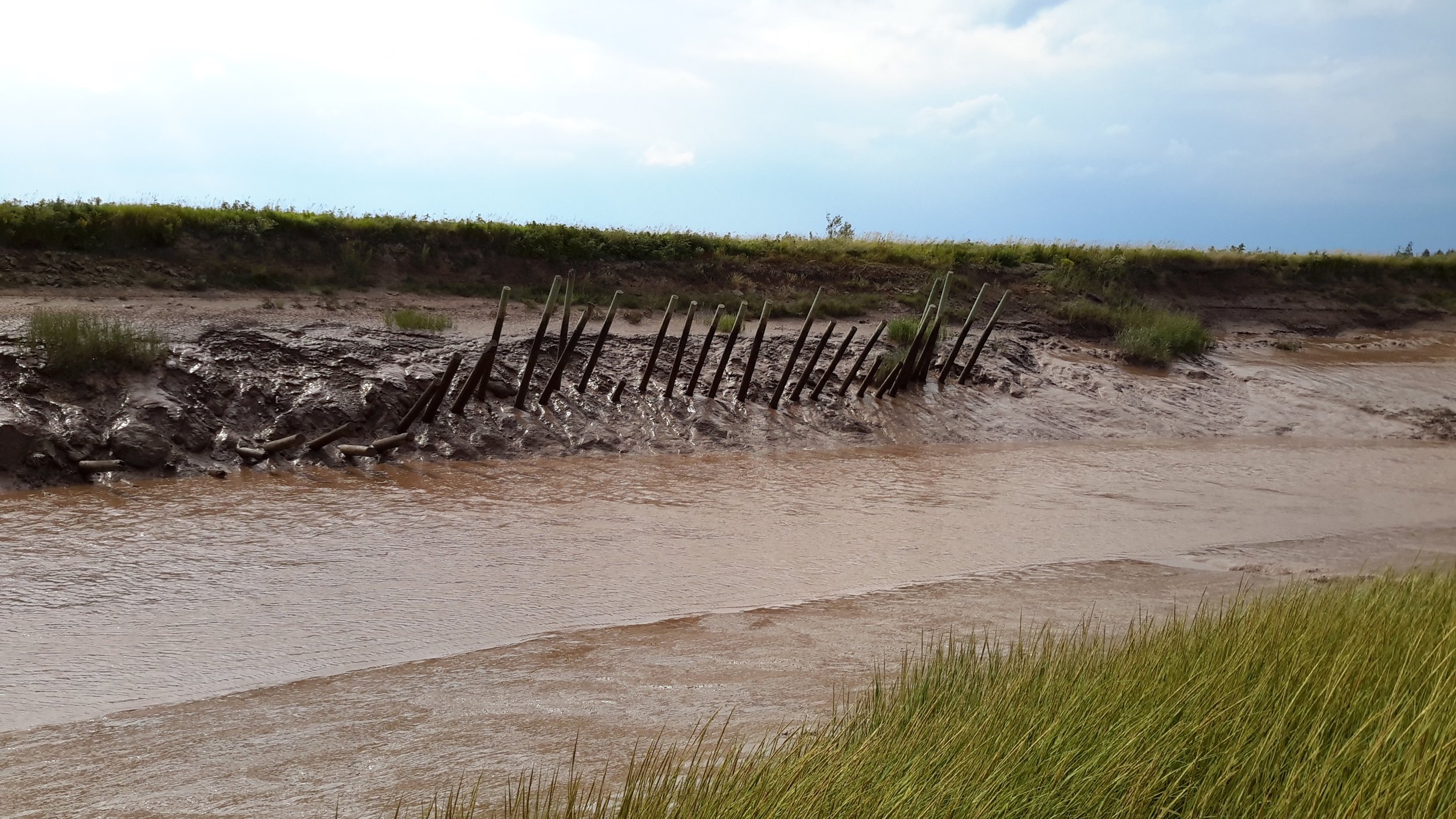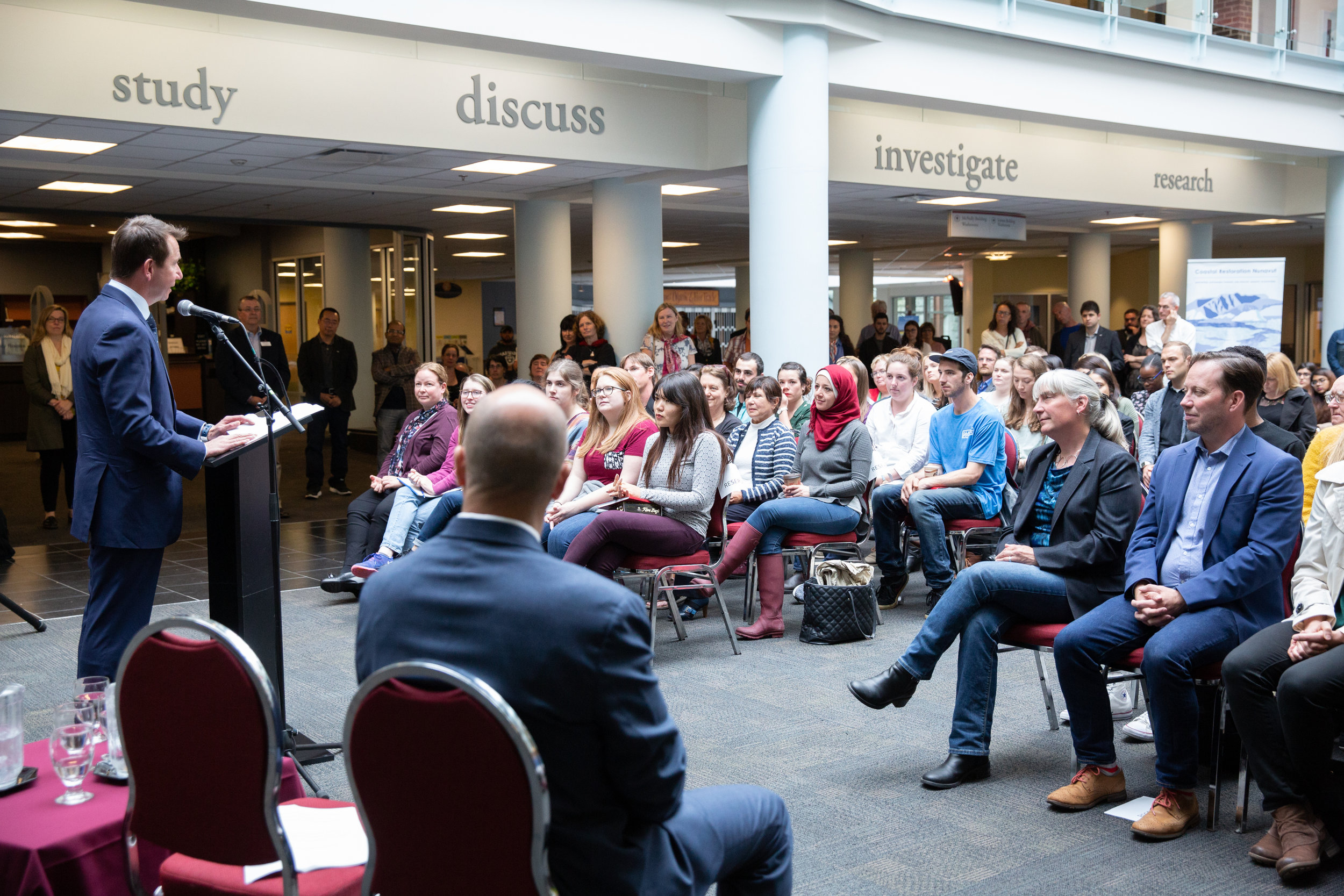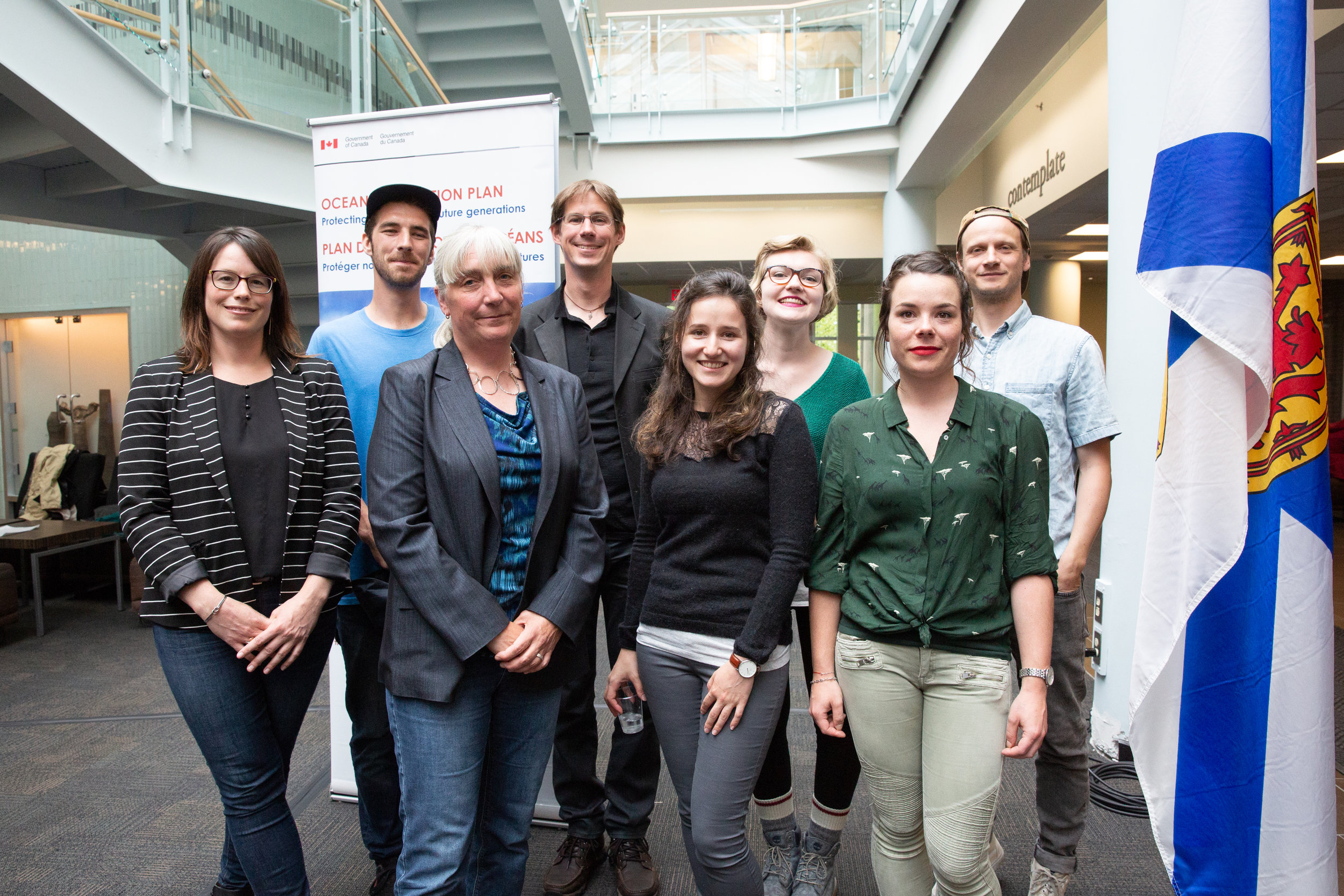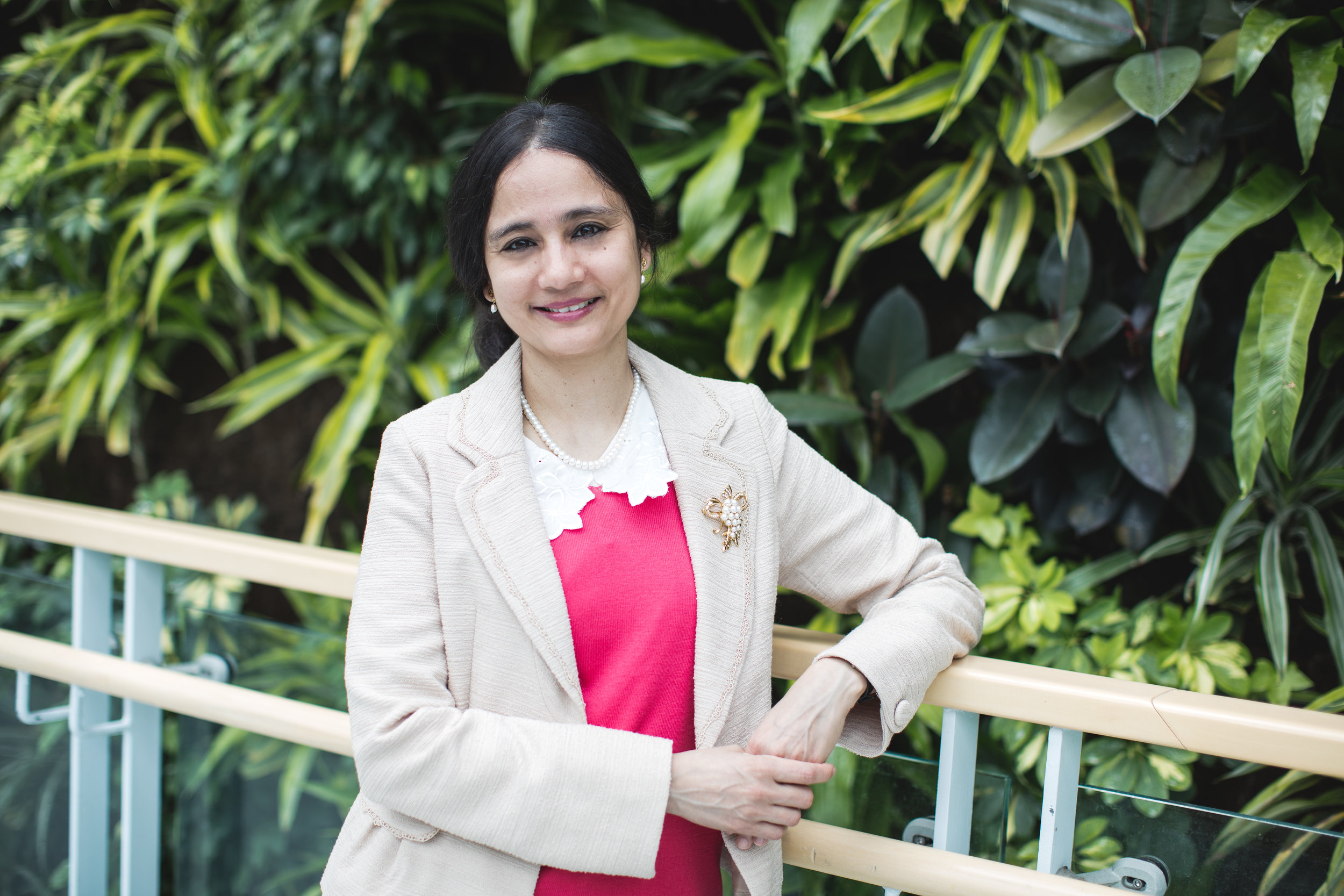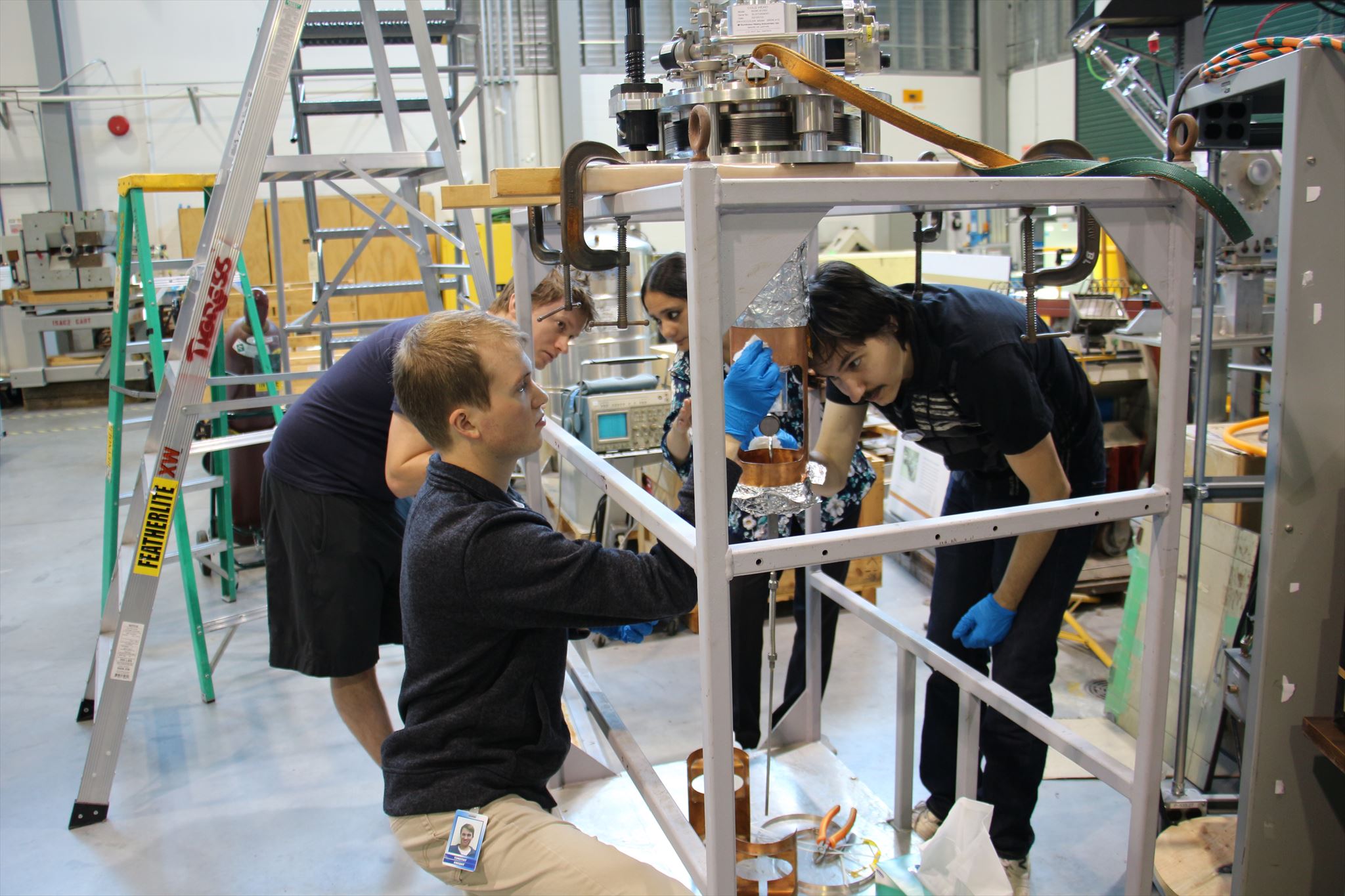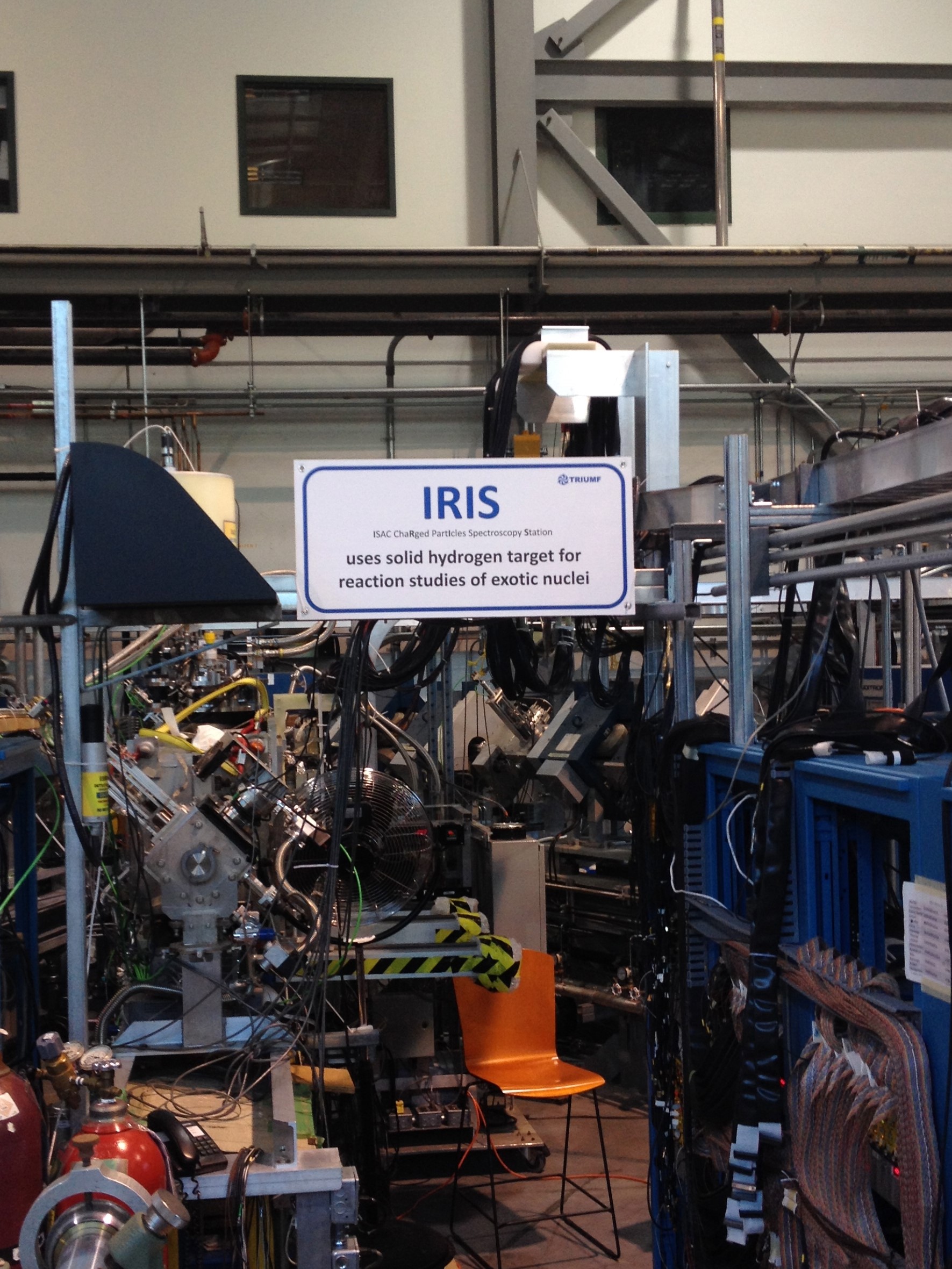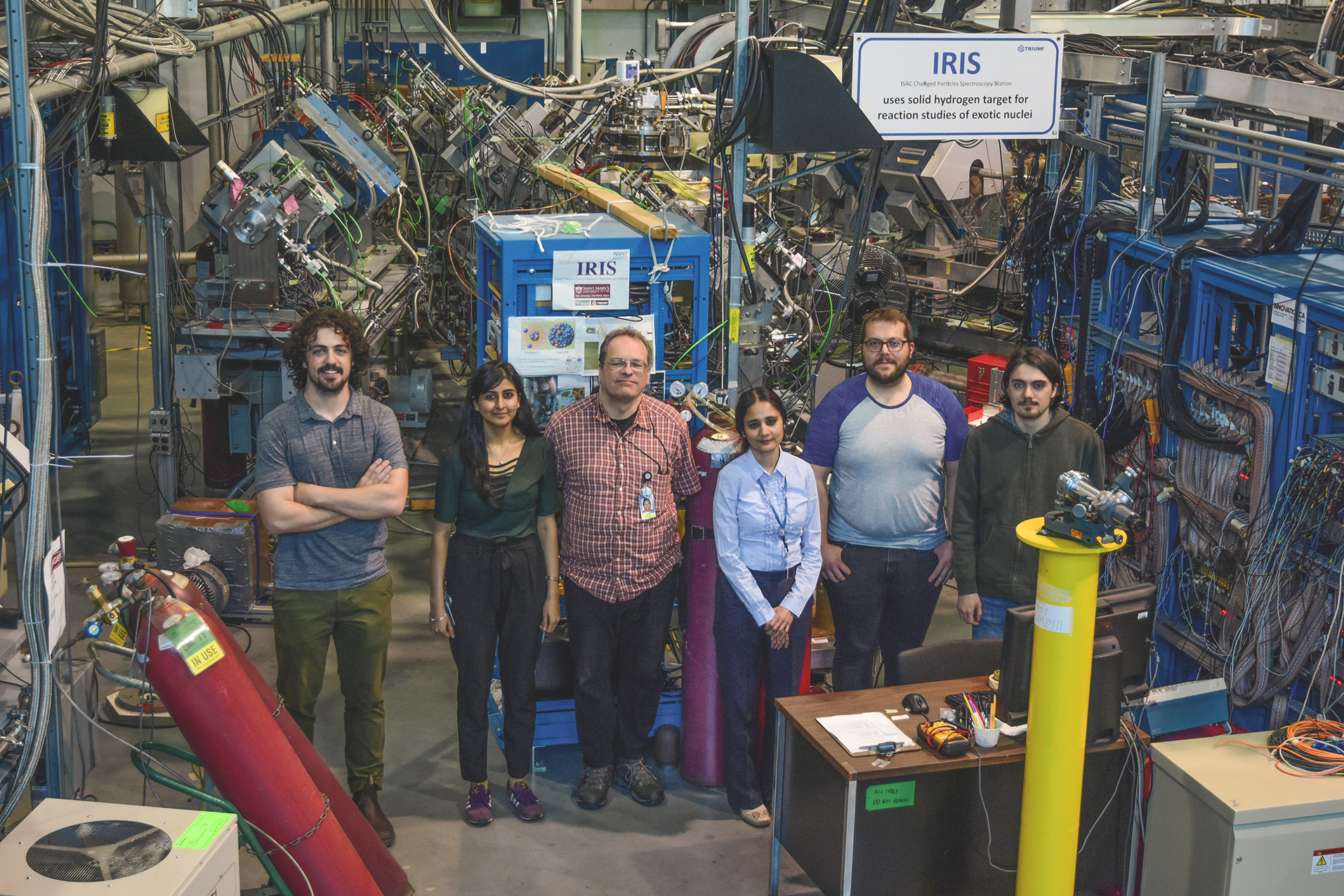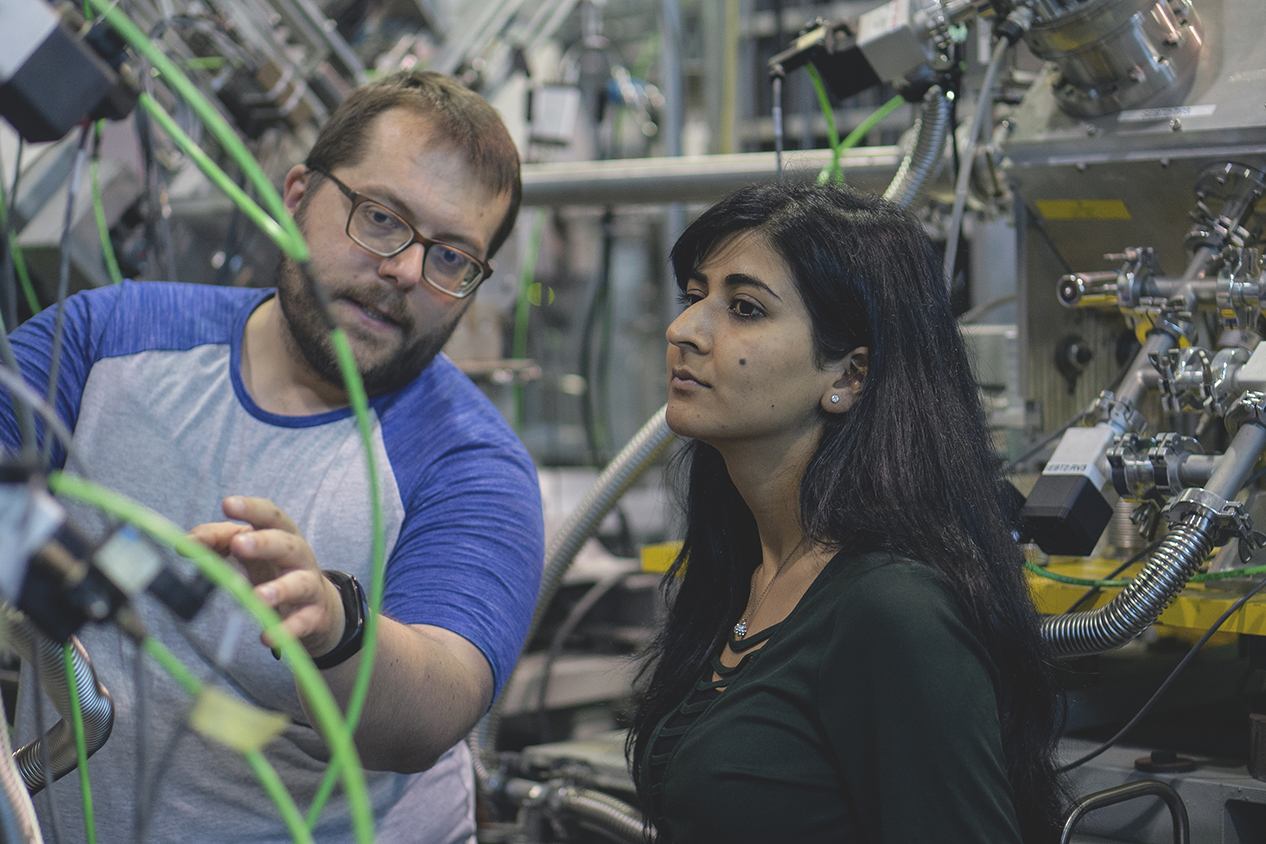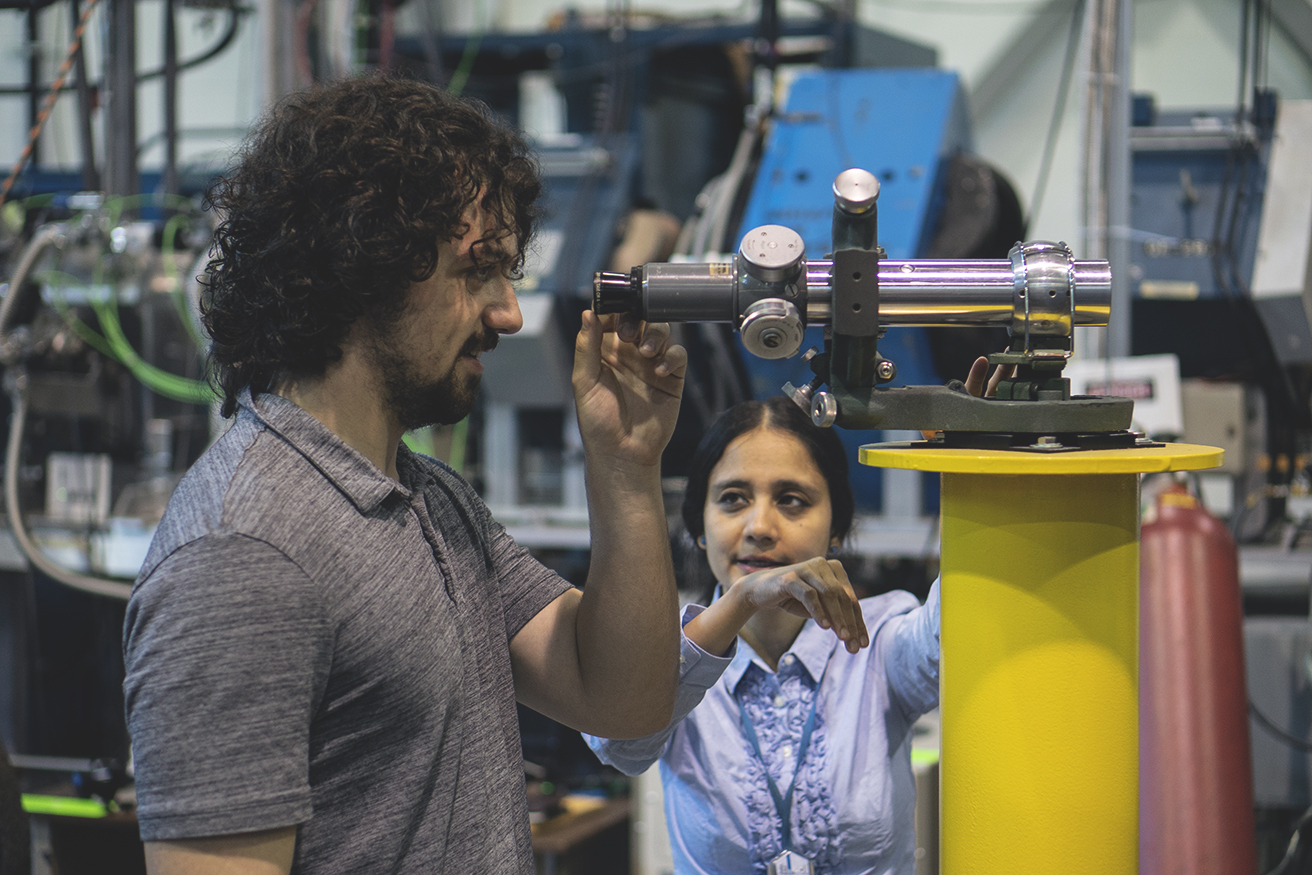Saint Mary’s professor Dr. Christa Brosseau, Canada Research Chair in Sustainable Chemistry & Materials works in the lab with Ph.D. student Najwan Albarghouthi.
Saint Mary’s University is rising up the research rankings, according to Canada’s Top 50 Research Universities 2018. In 2018, Saint Mary’s is Nova Scotia’s second largest research university by research income and one of eight universities driving significant increases in research and research funding in Atlantic Canada.
“Saint Mary’s University is home to innovative research that impacts not only our institution but contributes to addressing problems of global importance,” said Dr. Malcolm Butler, Vice-President, Academic and Research.
Saint Mary’s learning-centred environment places a high value on the process of research and innovation, as students, as professors, as researchers, ensuring that the university is not simply transferring knowledge but creating it. The university hosts nine Canada Research Chairs ranging from astronomy to international finance, contributing to this knowledge transfer and creation. Saint Mary’s receives over $8 million annually from outside funding sources including the Natural Sciences and Engineering Council of Canada (NSERC), Social Sciences and Humanities Research Council (SSHRC), and Canada Research Chairs.
“Fiscal 2017 was a very strong year for Atlantic universities,” said Ron Freedman, CEO of Research Infosource Inc. “Five universities – a mix of large and small – performed very well, with research income growth well in excess of the national average.”
Total Atlantic university research income in Fiscal 2017 rose to $357.5 million from $311.7 million in Fiscal 2016. Nationally, combined research income of Canada’s Top 50 Research Universities jumped by 6.8% to $7.33 billion in Fiscal 2017 from $6.87 billion in Fiscal 2016 - the most substantial gain in a decade.
Canada’s Top 50 Research Universities List 2018 ranks full-service universities based on their total sponsored research income. To obtain a more balanced picture of how universities are performing, the Research Universities of the Year (RUY) rankings take into account key measures of research success.
To learn more about the Research Universities of the Year (RUY) report, click here.


